For many aspiring reptile enthusiasts, the idea of owning a snake can be both exciting and intimidating. While images of massive pythons or anacondas might come to mind, the truth is that many snake species remain quite manageable in size throughout their lives. These smaller snake species offer all the fascinating behaviors and beautiful patterns of their larger cousins, but in a more apartment-friendly package. For beginners especially, smaller snakes present an ideal entry point into reptile keeping – they require less space, consume smaller prey items, and generally present fewer handling challenges. This article explores the best small snake species that are particularly well-suited for beginners, highlighting their care requirements, temperaments, and unique characteristics that make them excellent first-time serpents.
Kenyan Sand Boa: The Burrowing Gem
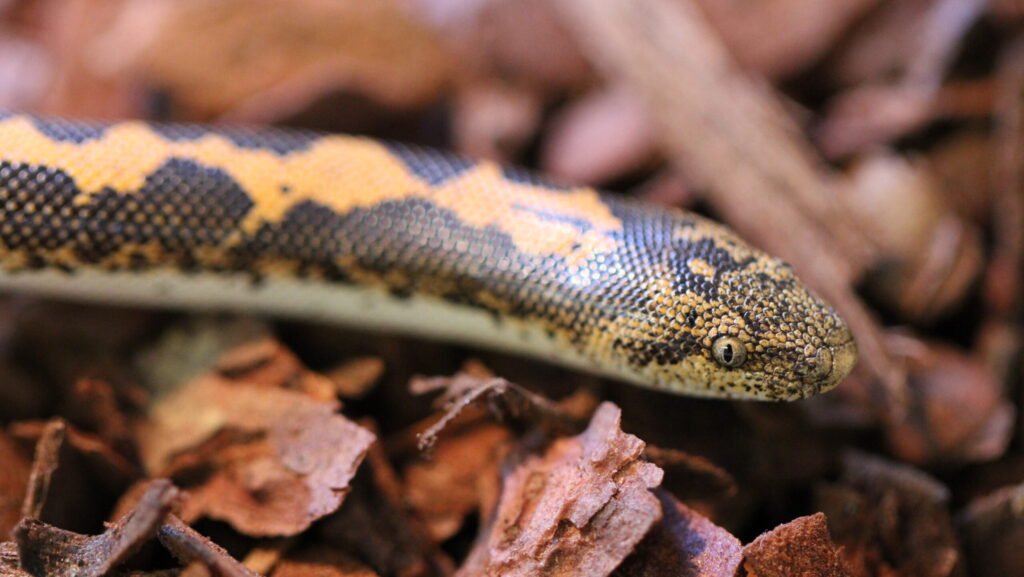
The Kenyan Sand Boa (Eryx colubrinus) tops many lists for beginner-friendly snakes due to its manageable size and docile nature. Males typically reach only 15-20 inches in length, while females grow slightly larger at 20-30 inches. These stout-bodied snakes spend much of their time burrowed in substrate, making them relatively low-maintenance pets that don’t require excessive space. Their distinctive appearance includes a sandy, orange-brown base color with dark brown blotches and a cylindrical body designed for subterranean movement. Kenyan Sand Boas typically live 15-20 years with proper care, making them a long-term companion that won’t outgrow your living situation. Their gentle temperament and reluctance to bite make them especially appealing for those new to snake handling.
Children’s Python: Not Just for Kids
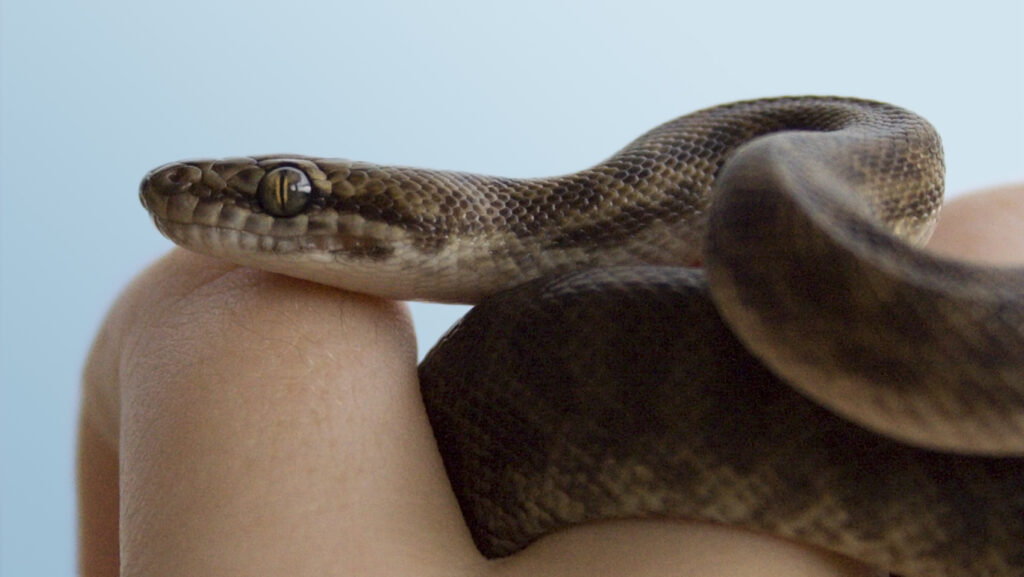
Despite its potentially misleading name, the Children’s Python (Antaresia childreni) isn’t named for being suitable for children but rather for John George Children, a curator at the British Museum. These Australian natives typically reach only 2-3 feet in length, making them one of the smaller python species available in the pet trade. Children’s Pythons display a beautiful pattern of light and dark brown blotches that provide excellent camouflage in their natural habitat. They’re known for their calm disposition and relatively straightforward care requirements, including moderate temperatures between 75-90°F and a humidity level of 40-60%. With a lifespan of 20-30 years, these small pythons offer the longevity of larger constrictors without demanding expansive enclosures or massive prey items.
Western Hognose Snake: The Dramatic Personality
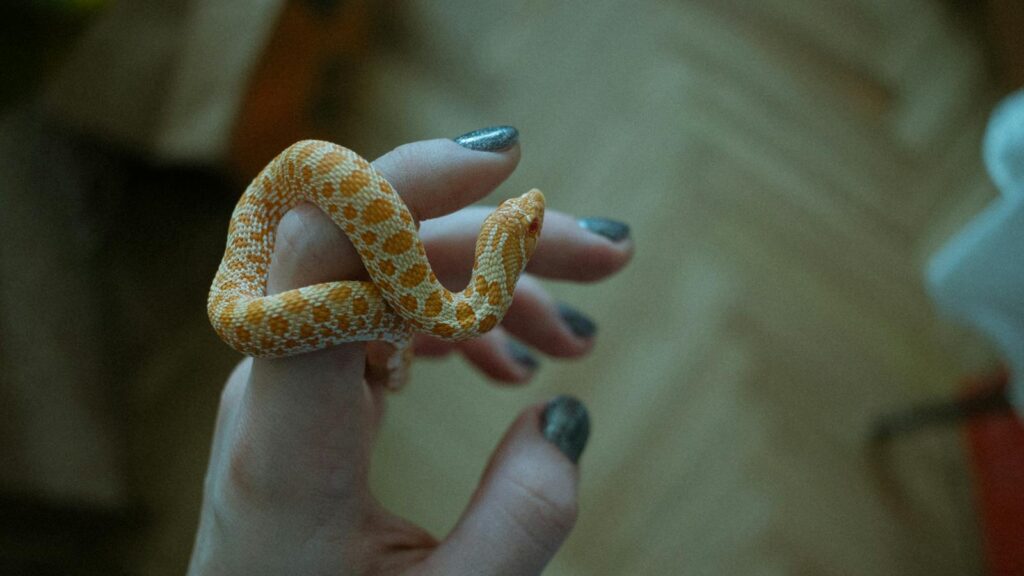
The Western Hognose Snake (Heterodon nasicus) combines small size with big personality, making it a fascinating pet for beginners who appreciate character. Males typically stay under 2 feet long, while females may reach up to 3 feet, making them manageable for most living situations. Their most distinctive feature is their upturned nose, which they use to dig through loose soil in search of prey. Western Hognoses are famous for their dramatic defensive displays – they may flatten their necks like cobras, hiss loudly, and even play dead when stressed, though they rarely bite. These snakes come in a variety of morphs including albinos, anacondas, and arctics, offering aesthetic variety for the hobbyist. Their diurnal nature means they’re often active during daylight hours, providing more opportunities for observation than many nocturnal snake species.
Rosy Boa: The Desert Gentle Giant
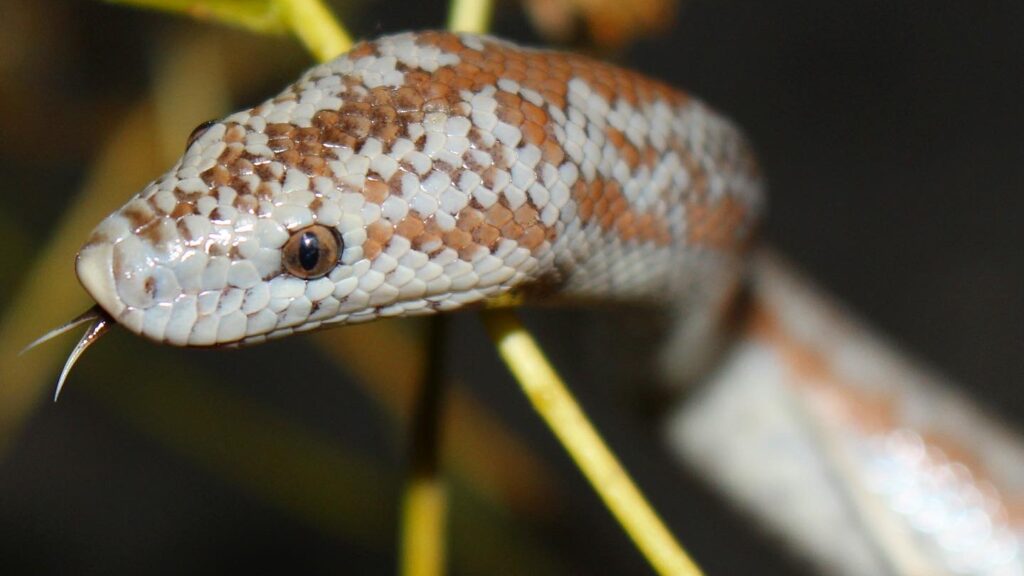
Rosy Boas (Lichanura trivirgata) represent one of North America’s smallest boa species, typically reaching only 2-3 feet in length over their impressive 25-30 year lifespan. These stout-bodied snakes display beautiful coloration patterns with three longitudinal stripes running the length of their bodies, varying from tan to orange or even silver depending on their locality. Native to the southwestern United States and northwestern Mexico, Rosy Boas thrive in relatively dry conditions with low humidity requirements, making them easier to maintain than tropical species that need precise humidity levels. Their slow-moving, deliberate nature and reluctance to bite make them excellent handling snakes for beginners who might be nervous about faster, more reactive species. Rosy Boas are also known for their excellent feeding response, rarely refusing meals and thus reducing one common source of stress for new reptile keepers.
Garter Snake: The Backyard Ambassador
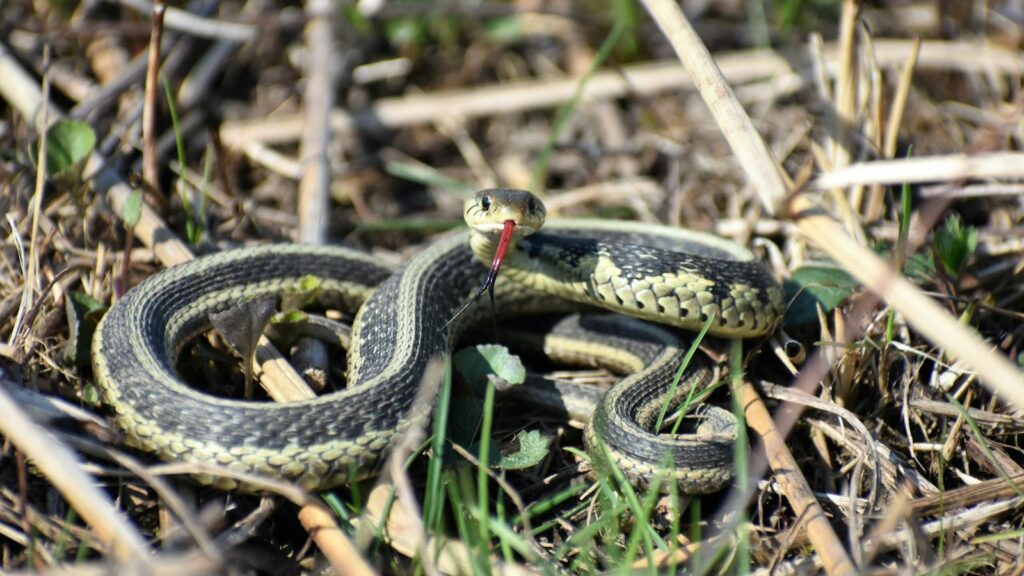
Garter Snakes (Thamnophis spp.) represent perhaps the most recognizable snakes in North America and make surprisingly engaging pets despite their commonplace status. Most species remain under 3 feet in length, with many staying considerably smaller. Unlike most pet snakes that require a diet of rodents, many garter snakes can thrive on a varied diet that includes fish, worms, and amphibians, though captive-bred specimens often readily accept thawed rodents as well. These active, diurnal snakes provide more visible activity than many other species, often exploring their enclosures during daylight hours. Garter snakes come in numerous species and color variations, from the common Eastern Garter to the strikingly beautiful San Francisco Garter with its red and turquoise markings. Their generally mild temperament coupled with their small size makes them approachable for beginners, though they can be slightly more flighty than some other recommended species.
Ball Python: The Popular Classic
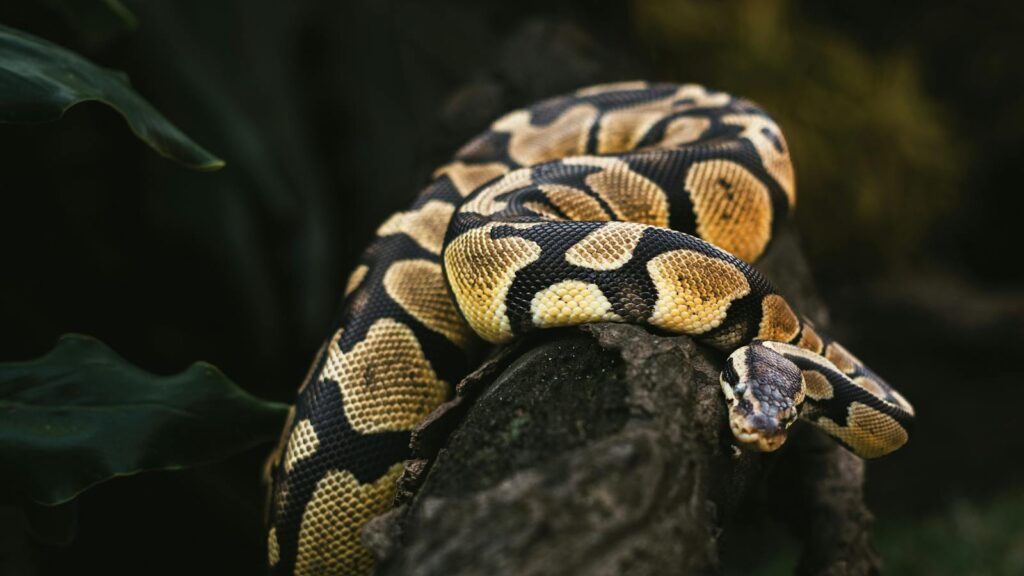
While Ball Pythons (Python regius) represent the upper limit of what might be considered “small,” their manageable size and exceptionally docile nature earn them a spot on this list. Males typically reach 3-4 feet in length, while females may grow to 4-5 feet – larger than other entries but still modest compared to many other python species. The species derives its name from its defensive behavior of rolling into a tight ball with its head protected in the center when stressed. Ball Pythons are renowned for their gentle temperament, with most captive-bred specimens rarely attempting to bite even when handled regularly. Their availability in hundreds of color morphs – from classic wild-type to albinos, piebalds, and complex designer patterns – makes them visually appealing to collectors. With proper care, these pythons regularly live 20-30 years in captivity, making them a long-term commitment that thankfully won’t grow to unmanageable proportions.
Ring-necked Snake: The Miniature Marvel
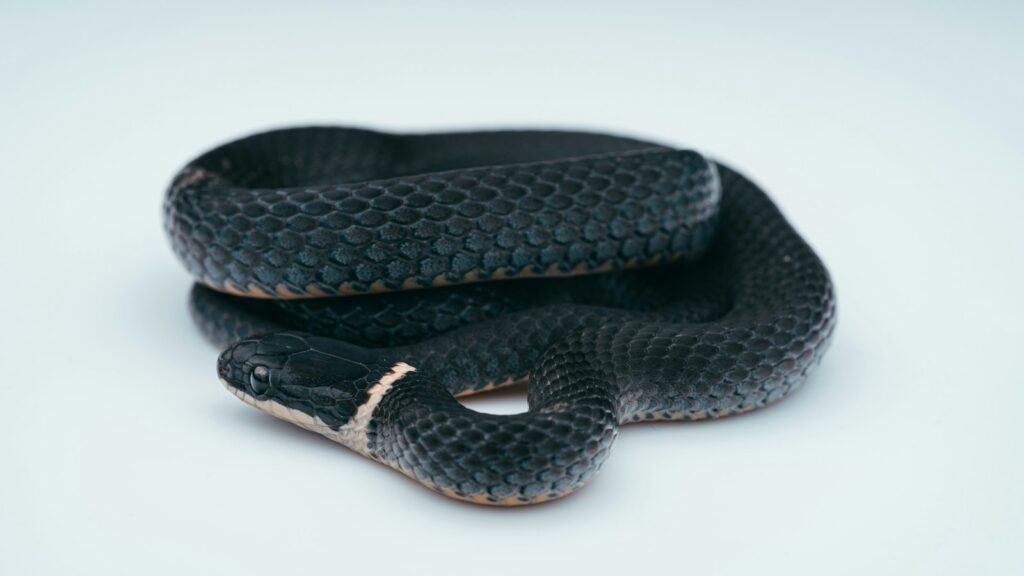
For those seeking truly diminutive serpents, Ring-necked Snakes (Diadophis punctatus) represent some of the smallest species commonly kept in captivity, rarely exceeding 15-20 inches in length. These slender snakes display a distinctive bright yellow, orange, or red belly that contrasts beautifully with their dark dorsal coloration and namesake ring around the neck. Ring-necked Snakes primarily feed on small invertebrates like earthworms, slugs, and small salamanders, making their feeding requirements less intimidating than those of rodent-eating species. Their secretive nature means they prefer plenty of hiding spots in their enclosure, though they may become more visible during dawn and dusk hours. While their small size makes them delicate to handle, captive-bred specimens typically acclimate well to gentle interaction, though they should never be roughly grabbed or restrained.
African House Snake: The Underrated Gem
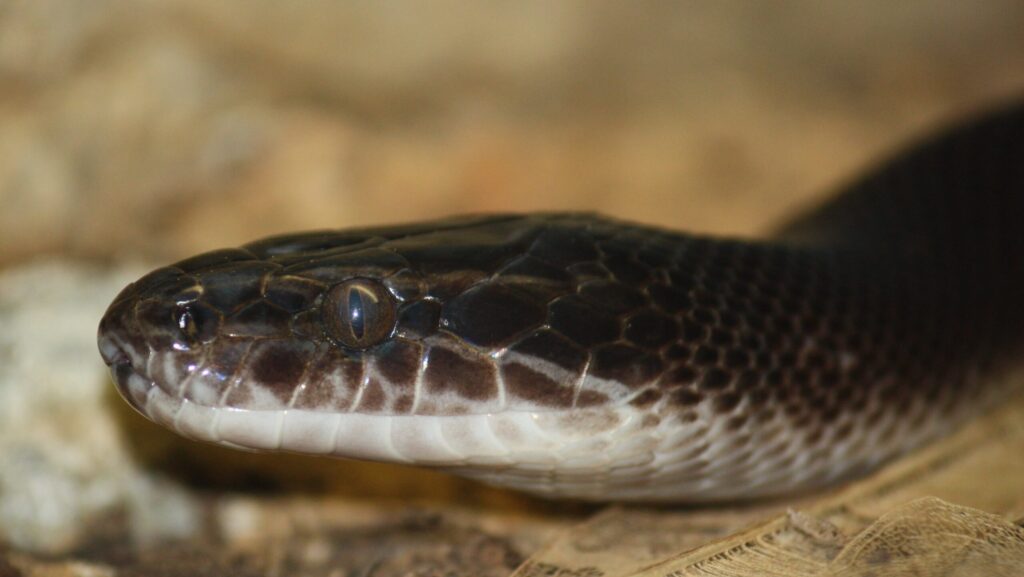
African House Snakes (Lamprophis spp.) remain somewhat underrepresented in the pet trade despite their excellent qualities for beginners. These colubrids typically reach 2-4 feet in length, with males staying on the smaller end of the spectrum. Their sleek bodies come in various colors including brown, black, and even albino variations, often with subtle patterns that develop more contrast after each shed. African House Snakes earned their name from their habit of living around human settlements in their native range, where they help control rodent populations. In captivity, they display remarkable hardiness, adapting well to a range of temperatures and humidity levels that might stress more sensitive species. Their calm temperament, straightforward care requirements, and excellent feeding response make them ideal first-time snakes that deserve more recognition in the hobby.
Rough Green Snake: The Insectivore Option
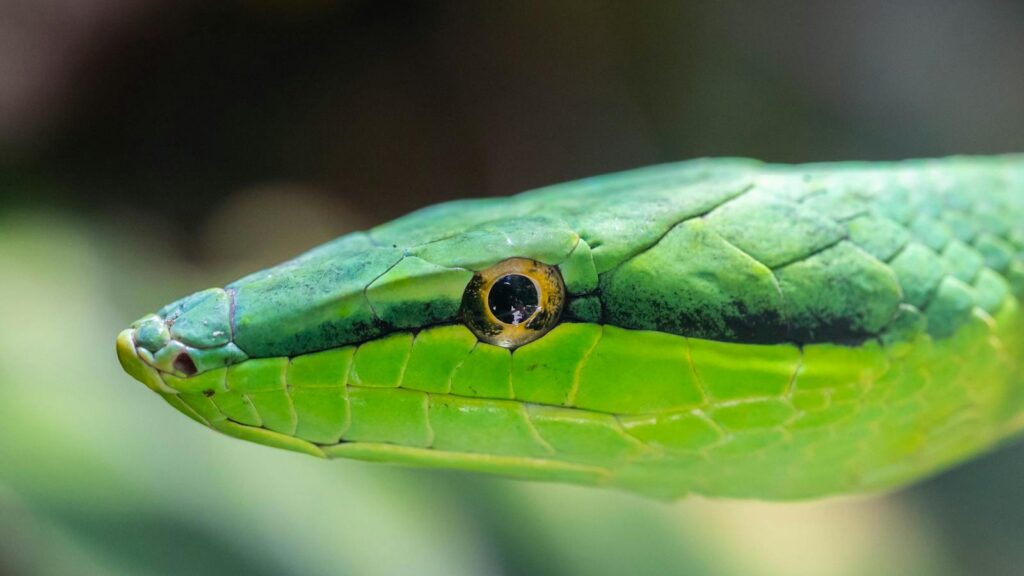
Rough Green Snakes (Opheodrys aestivus) offer a strikingly different experience from the rodent-eating species that dominate the pet trade. These slender, vibrant green snakes typically reach only 2-3 feet in length and maintain their brilliant emerald coloration throughout their lives. Unlike most popular pet snakes, Rough Green Snakes primarily consume insects and other arthropods rather than rodents, making them suitable for keepers who prefer not to handle or store frozen mice. Their arboreal nature means they require taller enclosures with plenty of climbing branches, where they’ll display their graceful movements among the foliage. While they’re generally gentle, Rough Green Snakes tend to be more high-strung than some other beginner species, preferring observation over frequent handling. Their relatively short lifespan of 6-8 years in captivity also makes them less of a decades-long commitment than many other snake species.
Milk Snake: The Colorful Mimic
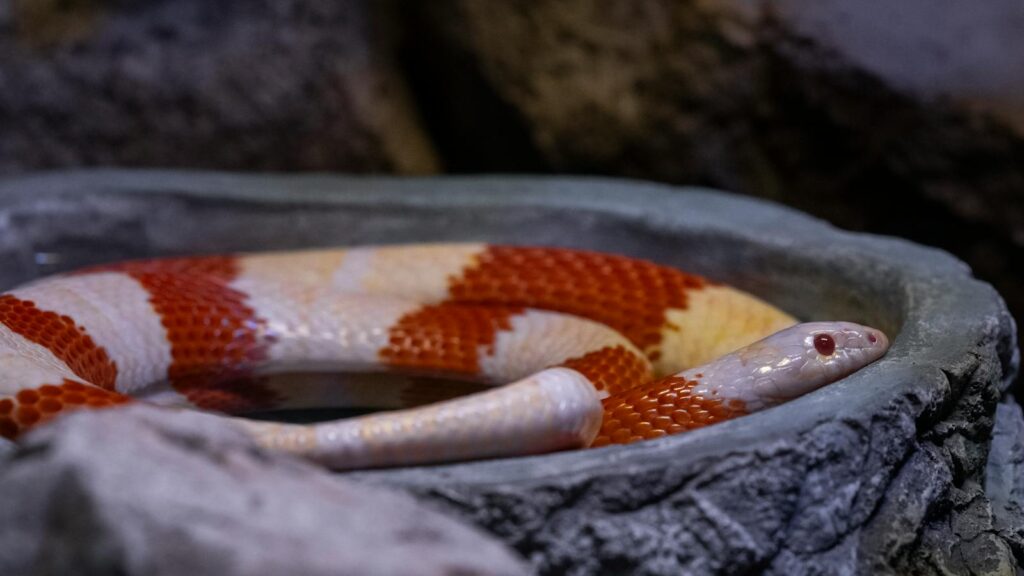
Milk Snakes (Lampropeltis triangulum), particularly the smaller subspecies, combine manageable size with striking coloration patterns. Depending on the subspecies, these colubrids typically reach 2-4 feet in length, with males generally remaining smaller than females. Many milk snake varieties display the classic red, black, and yellow/white banding pattern that mimics the venomous coral snake, though they themselves are completely harmless constrictors. Pueblan Milk Snakes, Nelson’s Milk Snakes, and Honduran Milk Snakes represent some of the smaller subspecies particularly suitable for beginners. These snakes generally possess calm temperaments once acclimated to handling, though young specimens may be slightly more defensive until they become accustomed to interaction. Milk snakes are known for their secretive nature, often remaining hidden during daylight hours, which makes providing multiple secure hiding spots essential for their wellbeing.
Sand Snake: The Desert Dweller
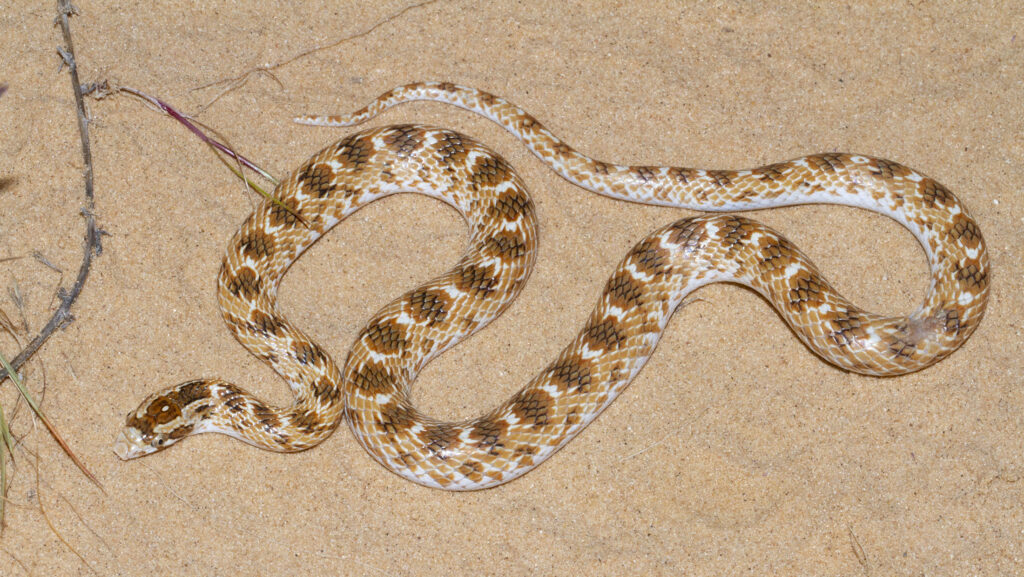
Sand Snakes (Chilomeniscus spp.) represent some of the most specialized small species available in the pet trade, rarely exceeding 12-15 inches in total length. These diminutive serpents possess cylindrical bodies adapted for “swimming” through loose sand, with countersunk lower jaws and smooth scales that minimize friction during burrowing. Their natural coloration typically includes bands of orange, brown, or cream that provide excellent camouflage in their desert habitats. Sand Snakes require specialized setups with several inches of fine, loose sand substrate that allows them to display their fascinating burrowing behaviors. While not commonly found in pet stores, these snakes are occasionally available through reptile expos and specialized breeders. Their gentle temperament makes them suitable for careful handling, though their small size demands extra gentleness and supervision during interactions.
Housing and Setup Considerations for Small Snakes
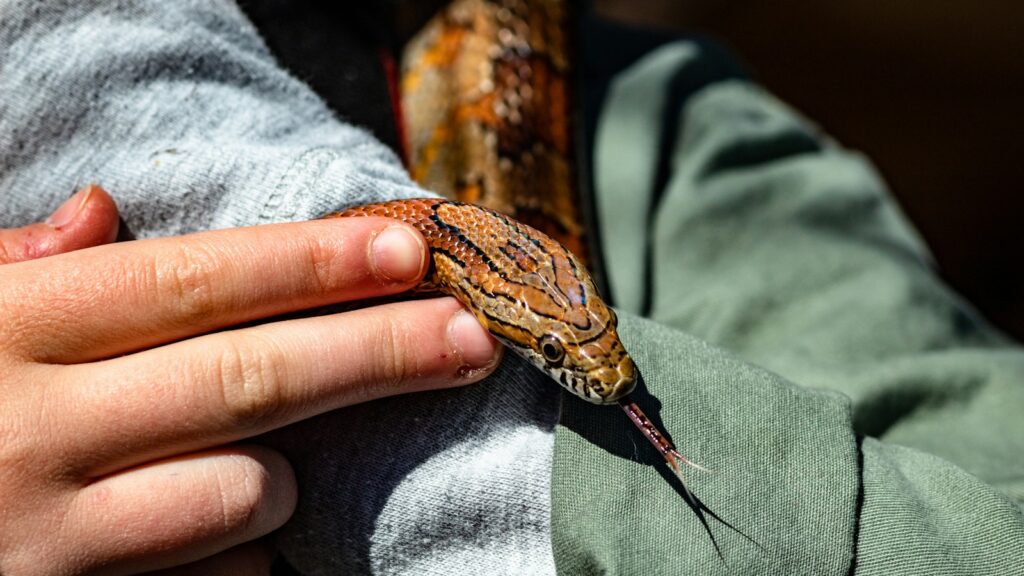
While small snakes require less space than their larger counterparts, their enclosures still demand careful consideration to ensure proper welfare. For most species mentioned, a 20-gallon tank or equivalent enclosure (approximately 30″ x 12″ x 12″) provides adequate space for adults, though arboreal species like Rough Green Snakes benefit from taller setups. Temperature gradients remain essential even in smaller enclosures, with most species requiring a warm side of 85-90°F and a cooler side around 75-80°F. Secure lids are particularly crucial for small snakes, which can escape through surprisingly tiny gaps – clips or locks designed for reptile enclosures should always be used. All snakes require at least two appropriately sized hides – one on the warm side and one on the cool side – allowing them to thermoregulate while feeling secure. Small water dishes that cannot be easily tipped over should be provided and cleaned regularly, even for desert species that rarely drink.
Feeding and Nutrition for Beginners
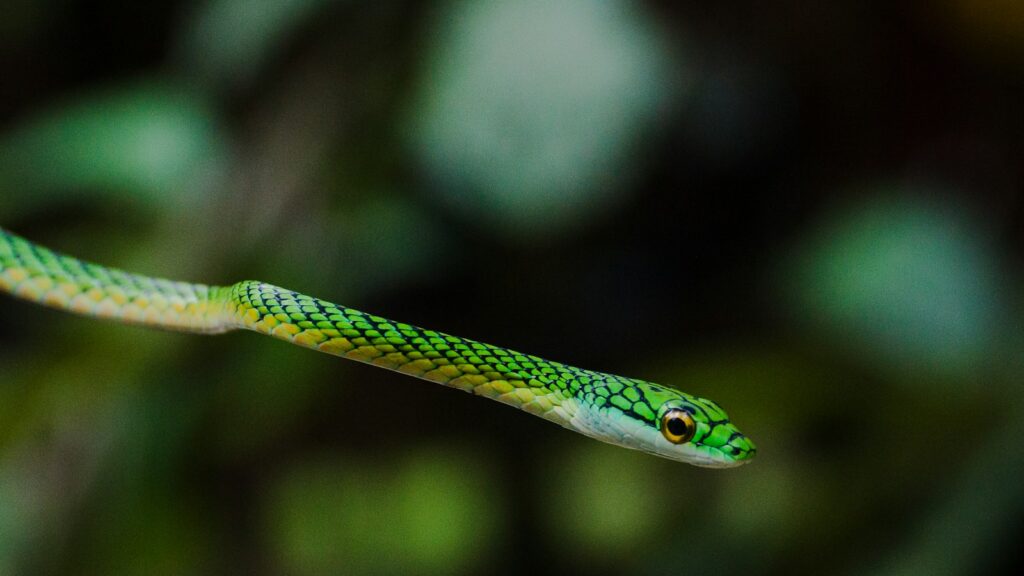
One significant advantage of smaller snake species is their corresponding smaller prey requirements, which many beginners find less intimidating. Most small colubrids and boas thrive on appropriately sized mice, starting with pinkies or fuzzies for juveniles and potentially graduating to adult mice for larger specimens. The general rule of feeding prey items no larger than the widest part of the snake’s body remains applicable regardless of species. Feeding frequency varies by age and species – juveniles of most species should eat approximately every 5-7 days, while adults may eat every 7-14 days depending on species and individual metabolism. Specialized feeders like Ring-necked Snakes and Rough Green Snakes require different prey items including earthworms, small lizards, or insects, which some keepers find easier to source or produce themselves. Most beginner-friendly species readily accept frozen/thawed prey, eliminating the ethical and safety concerns associated with live feeding.
Health Considerations for Small Snake Species
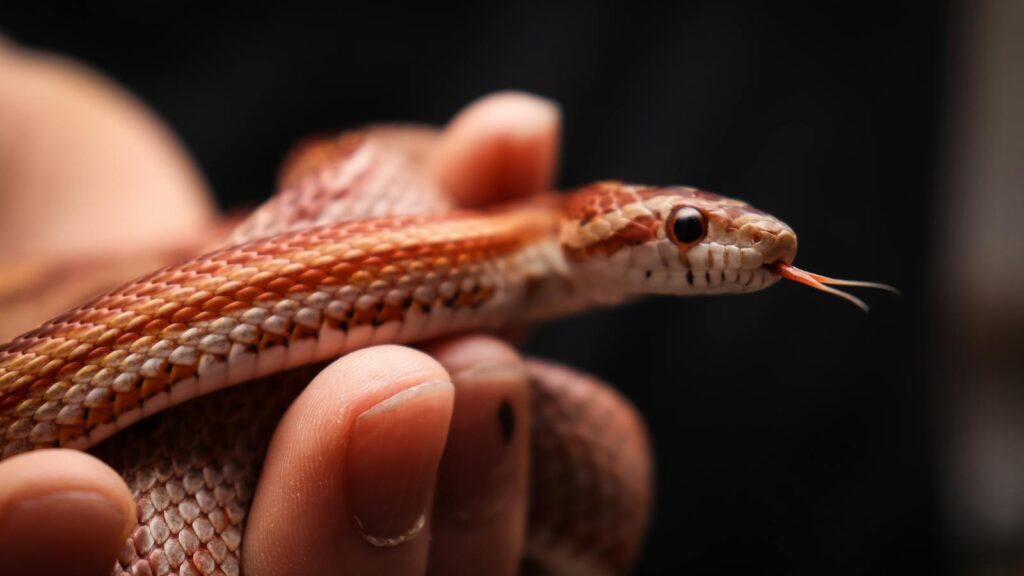
Small snake species face some unique health challenges that prospective owners should understand before bringing home their new pet. Their higher surface-area-to-volume ratio makes them more susceptible to dehydration than larger species, necessitating careful attention to humidity levels appropriate for each species. Respiratory infections represent a common ailment in small snakes, often resulting from excessive humidity or insufficient warmth – symptoms include bubbling from the nose or mouth, open-mouth breathing, or unusual respiratory sounds. Parasite burdens affect small snakes more severely than larger species due to their size, making regular veterinary check-ups with an experienced reptile veterinarian particularly important. Impaction from inappropriate substrate represents another risk, particularly for burrowing species like Sand Boas and Sand Snakes, which should never be kept on sand with sharp edges or particles that could cause intestinal blockages. Establishing a relationship with a reptile-savvy veterinarian before emergency situations arise remains one of the most important preparations for any new snake owner.
Finding Your Perfect Small Snake Companion
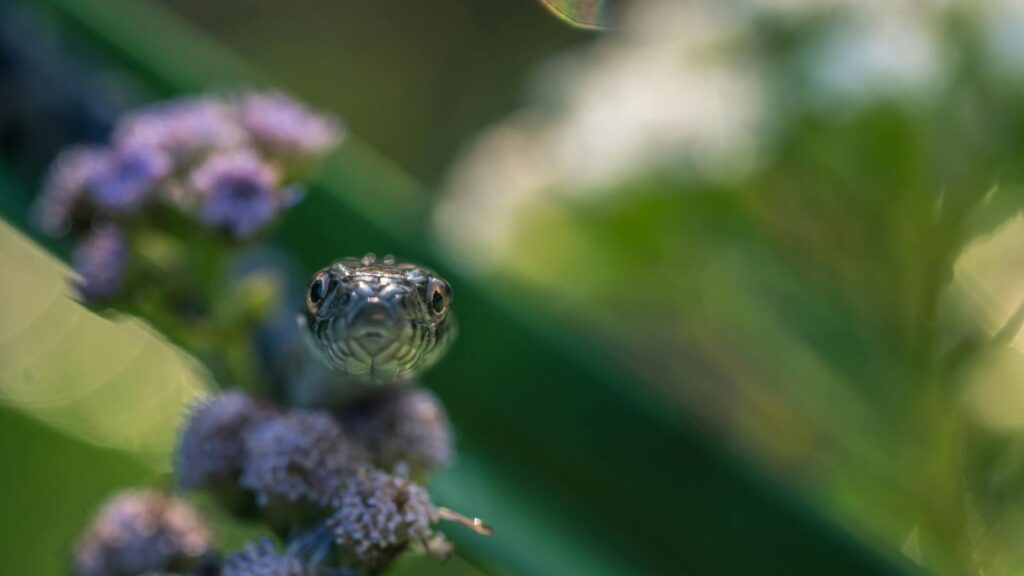
Small snake species offer the perfect entry point for aspiring reptile keepers, providing all the fascinating behaviors and beautiful appearances of larger snakes in manageable packages that won’t outgrow modest living spaces. From the docile Ball Python to the miniature Ring-necked Snake, the variety available ensures there’s a suitable species for nearly any preference in appearance, handling temperament, and care requirements. Before making a final decision, prospective owners should thoroughly research their chosen species, prepare appropriate housing well in advance, and locate reliable sources for both food items and veterinary care. Whenever possible, beginners should seek captive-bred specimens from reputable breeders rather than wild-caught individuals, as the former typically adapt better to captivity and handling while supporting sustainable breeding practices. With proper research, preparation, and care, these small serpents can provide decades of fascination and companionship while introducing their keepers to the rewarding world of reptile husbandry.
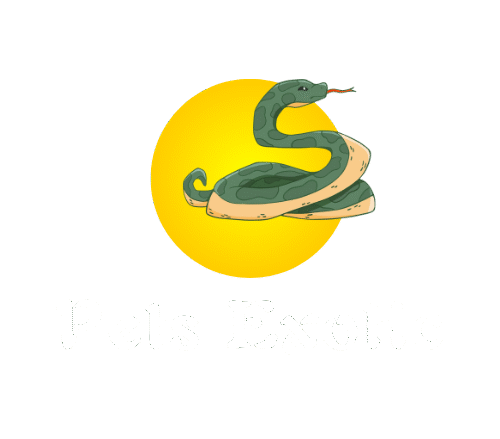
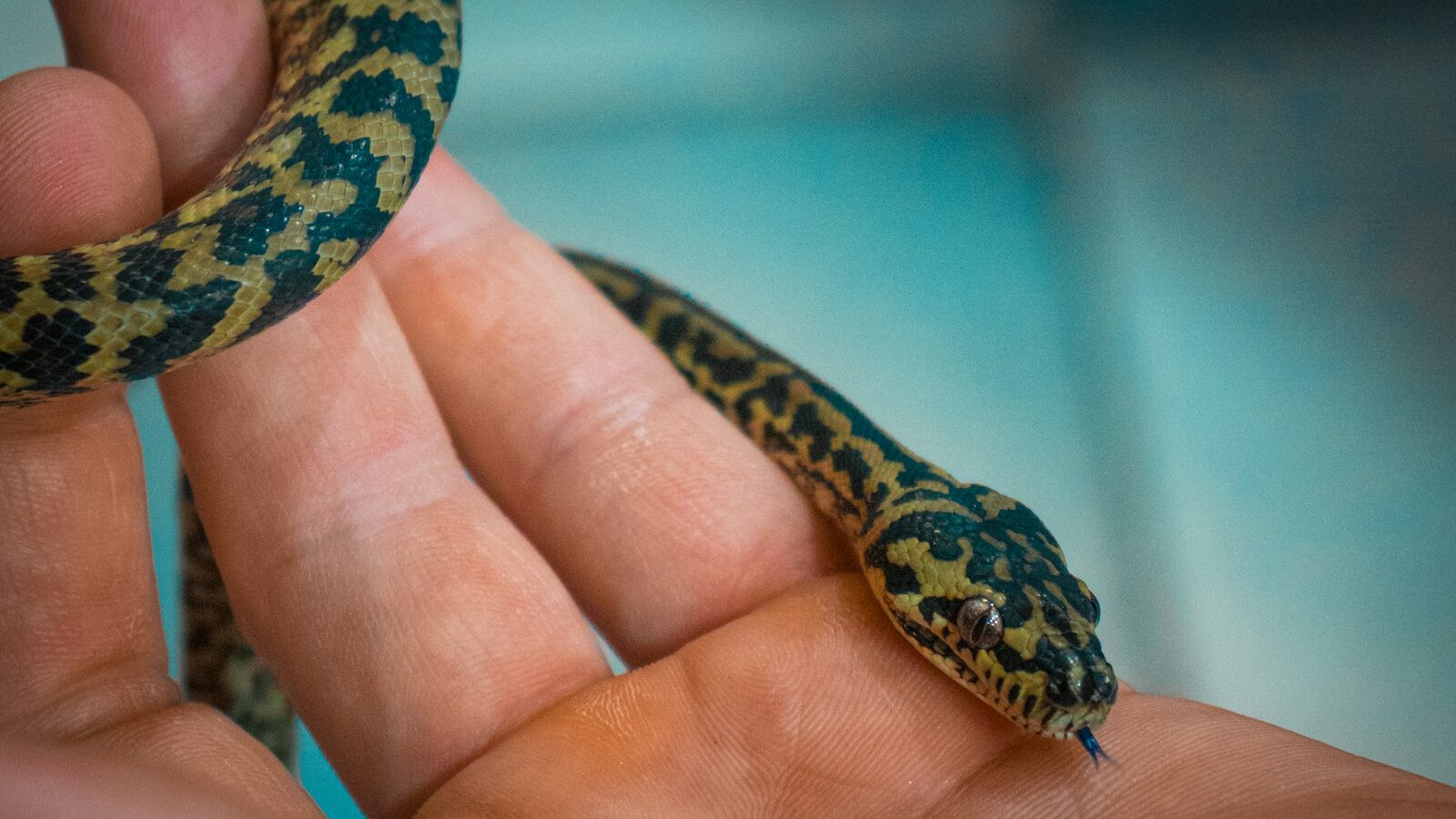
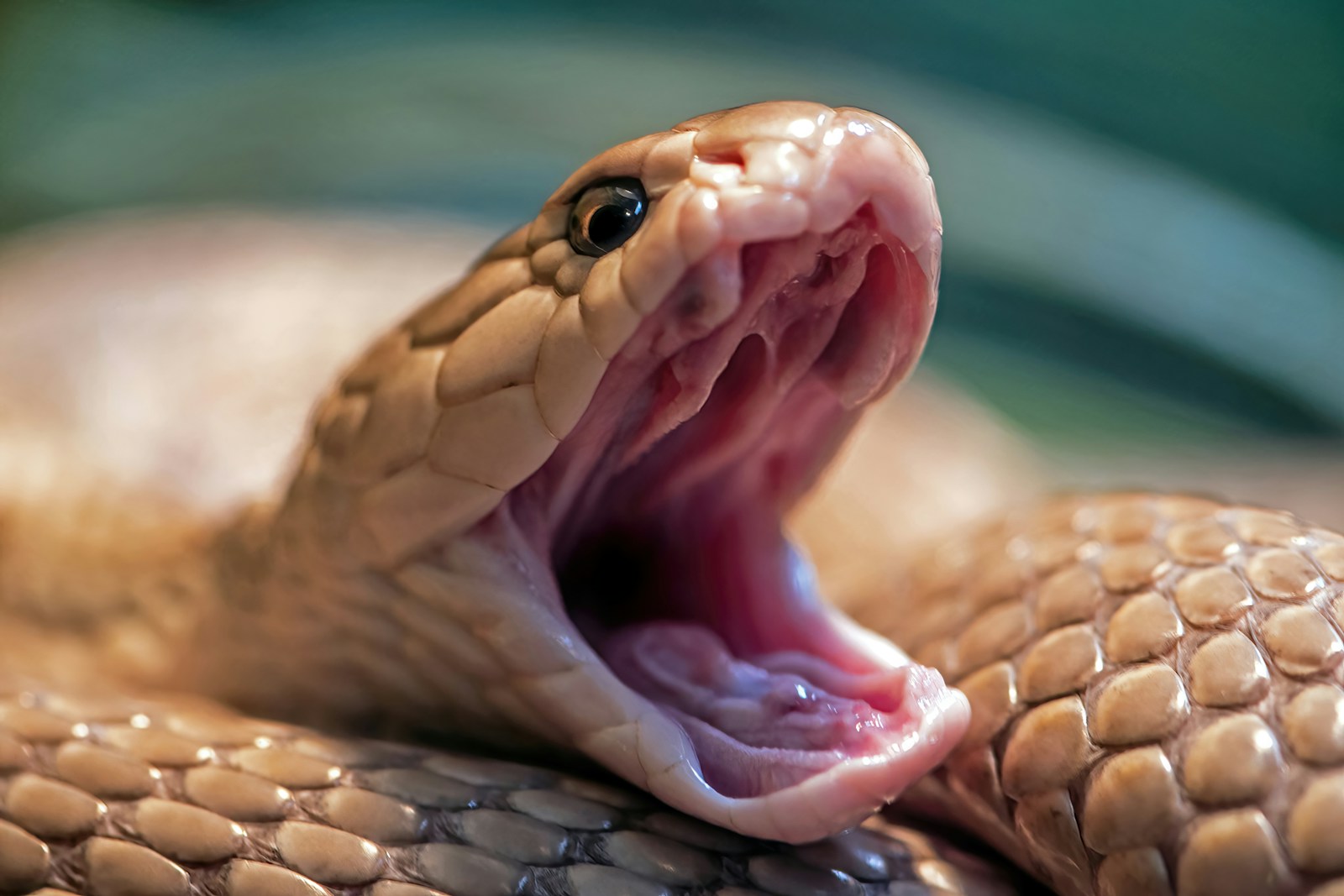
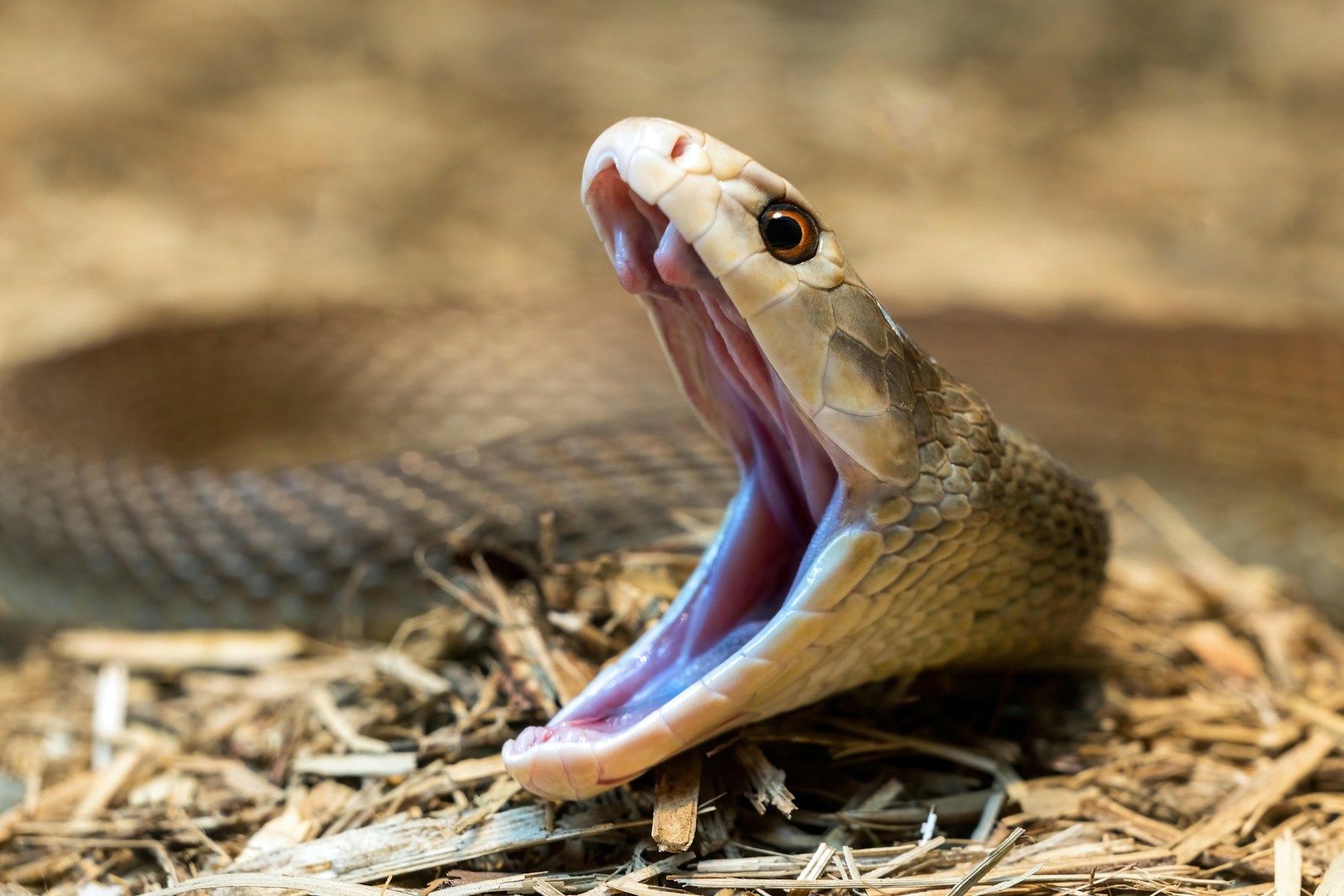
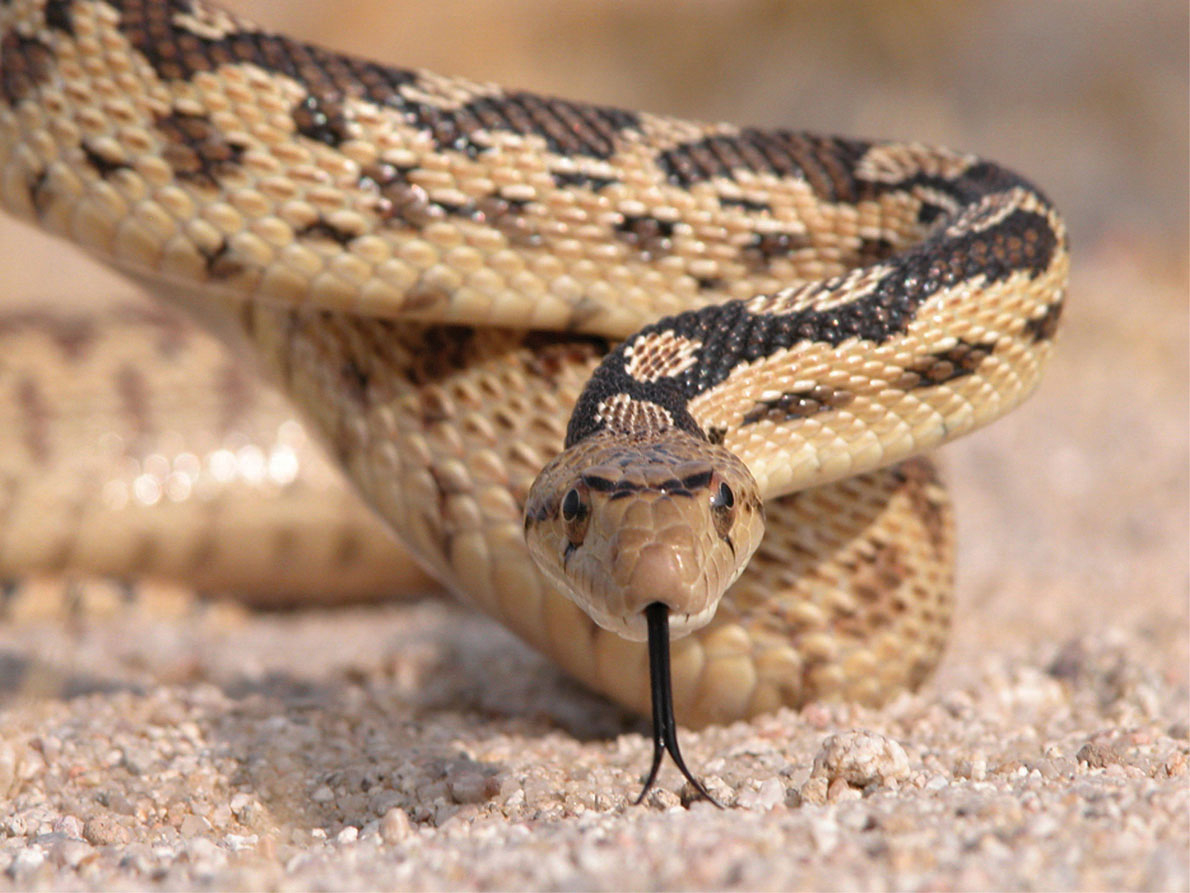
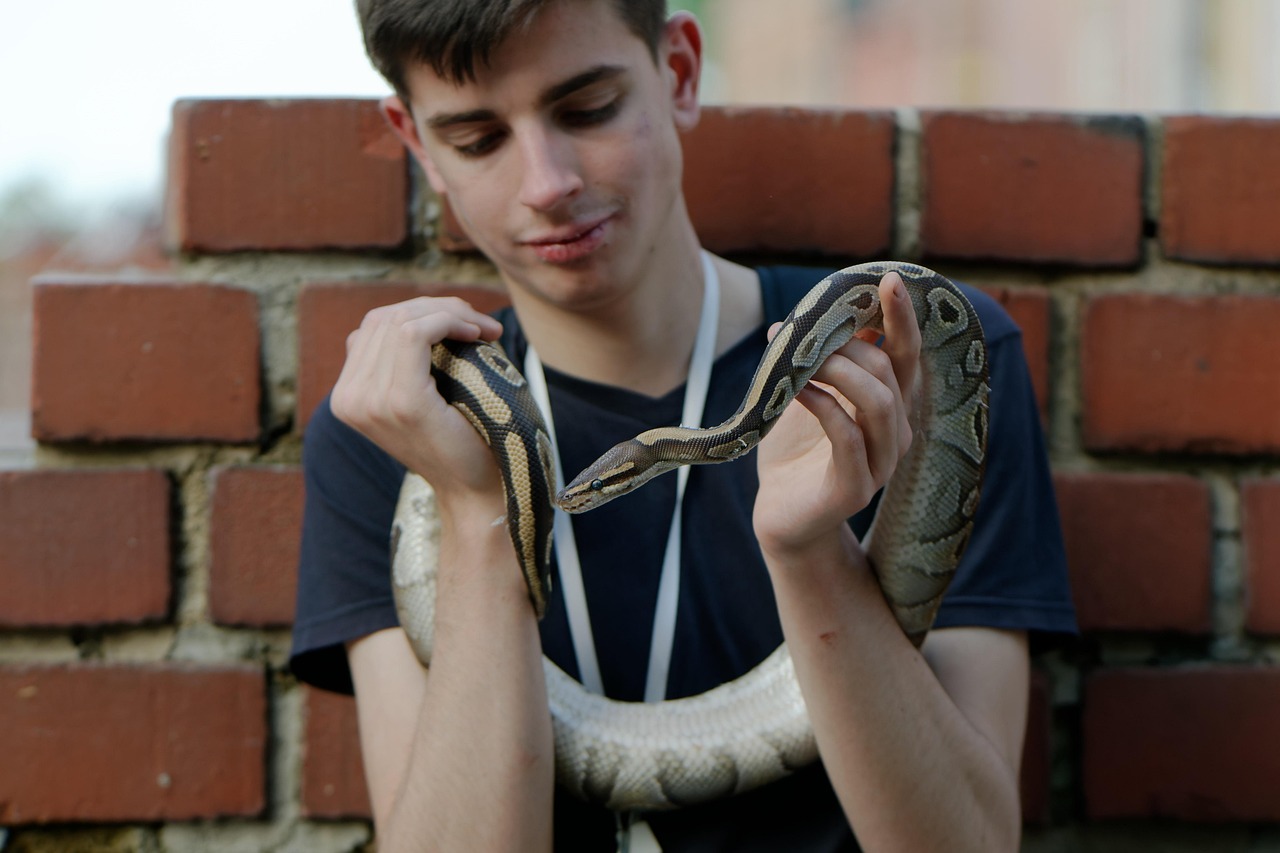
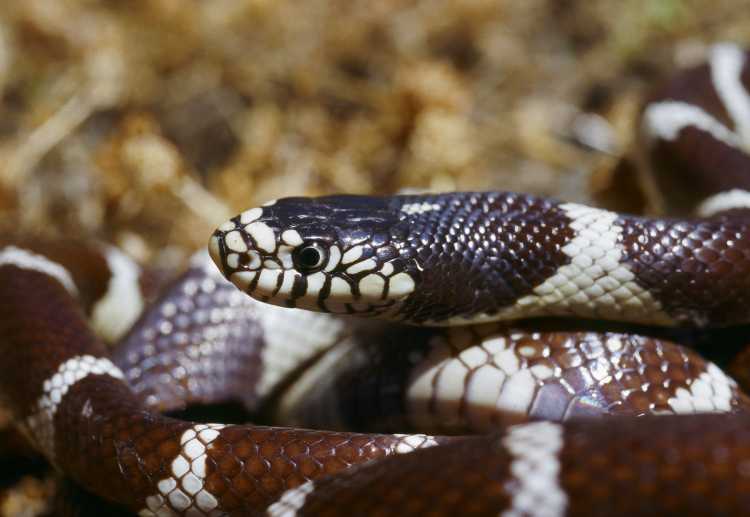
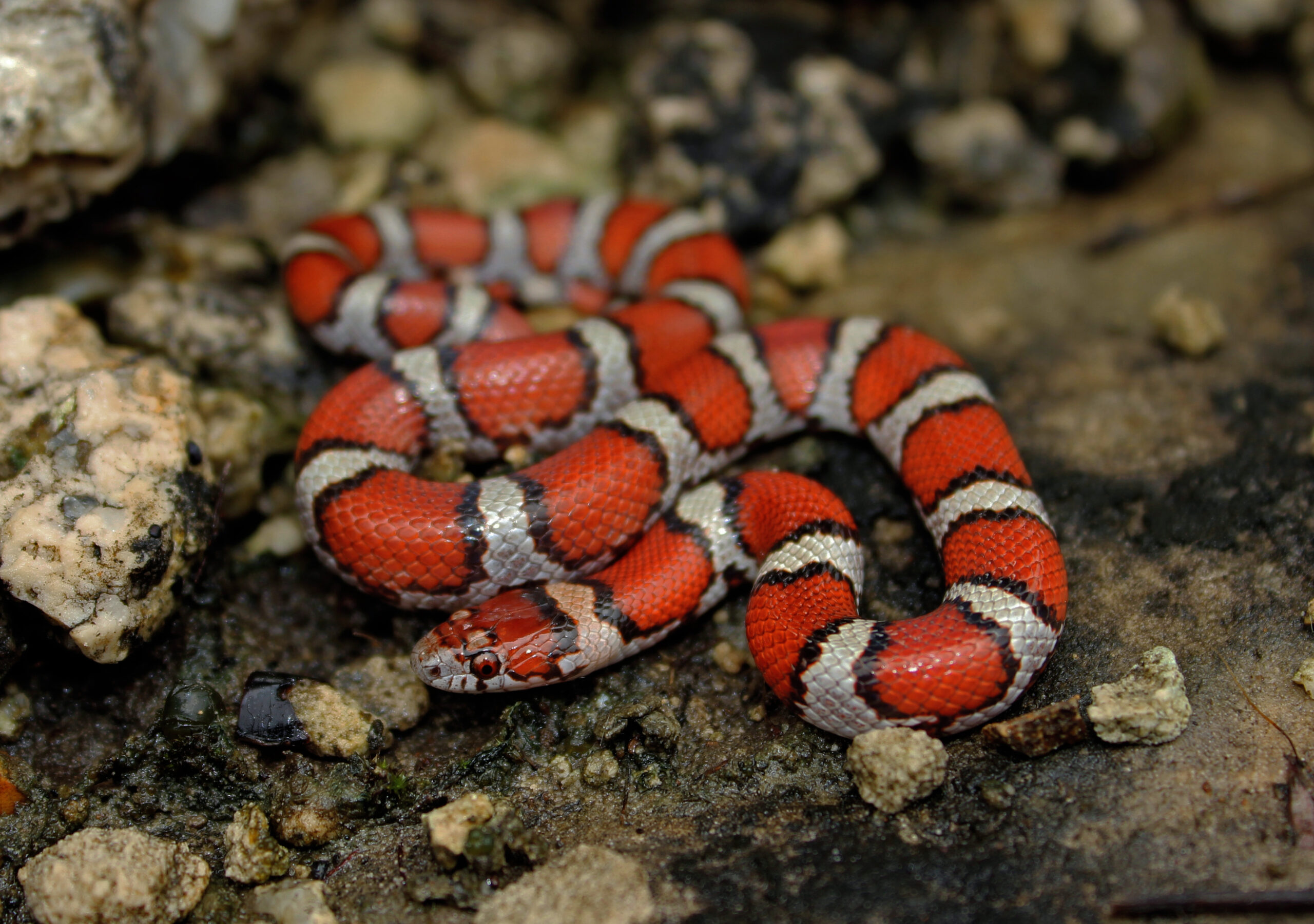
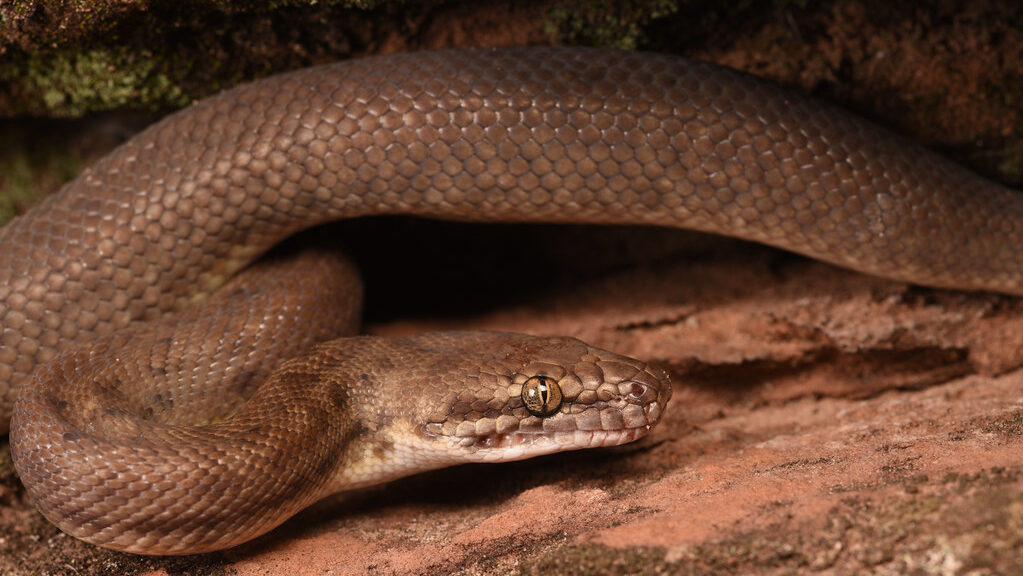



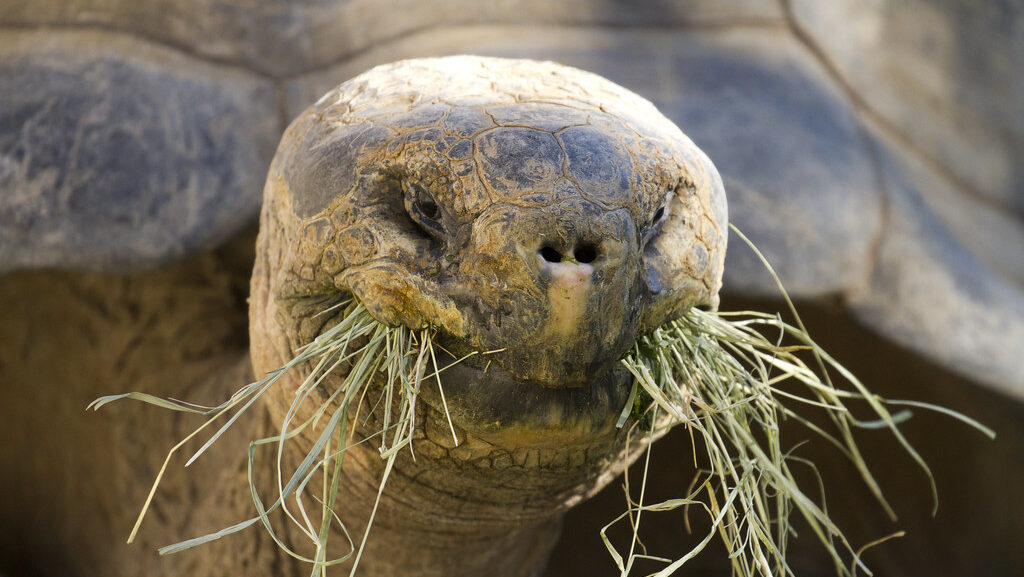
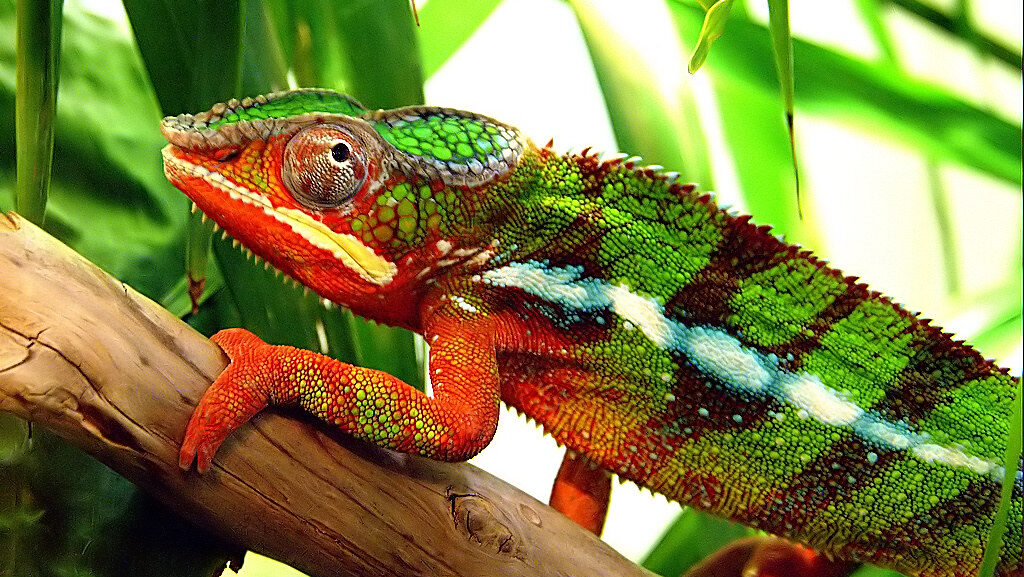
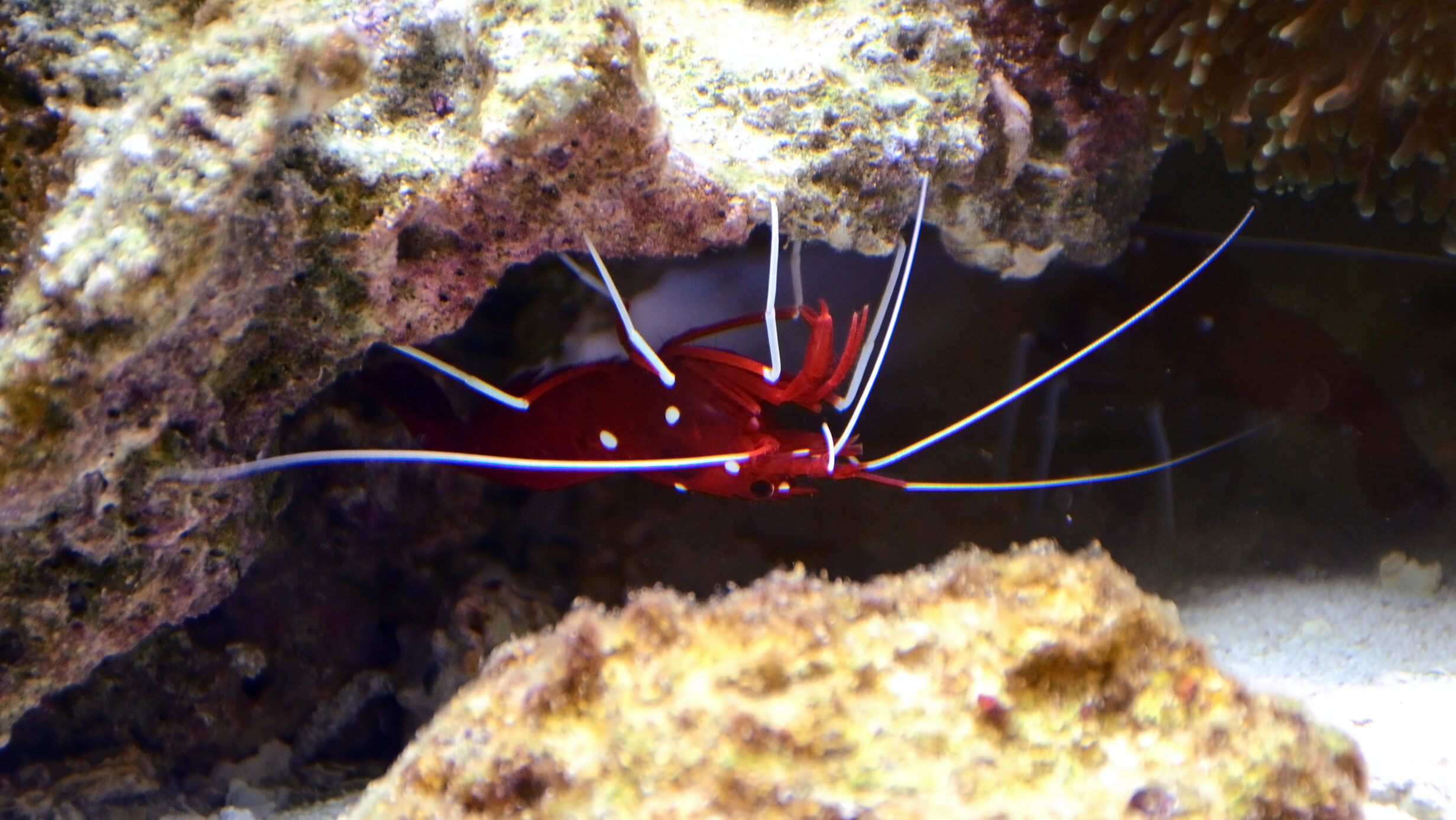
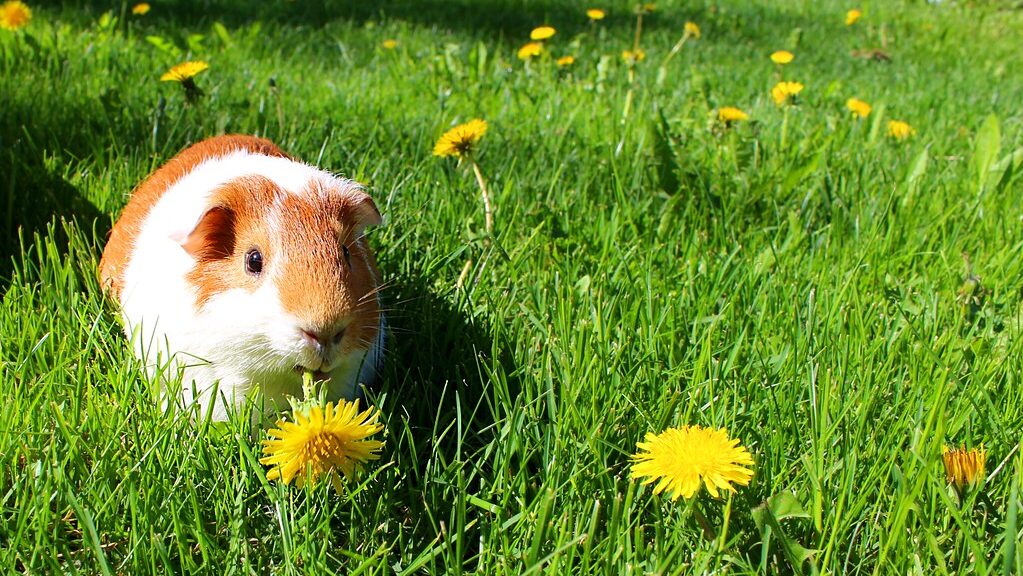
Leave a Reply